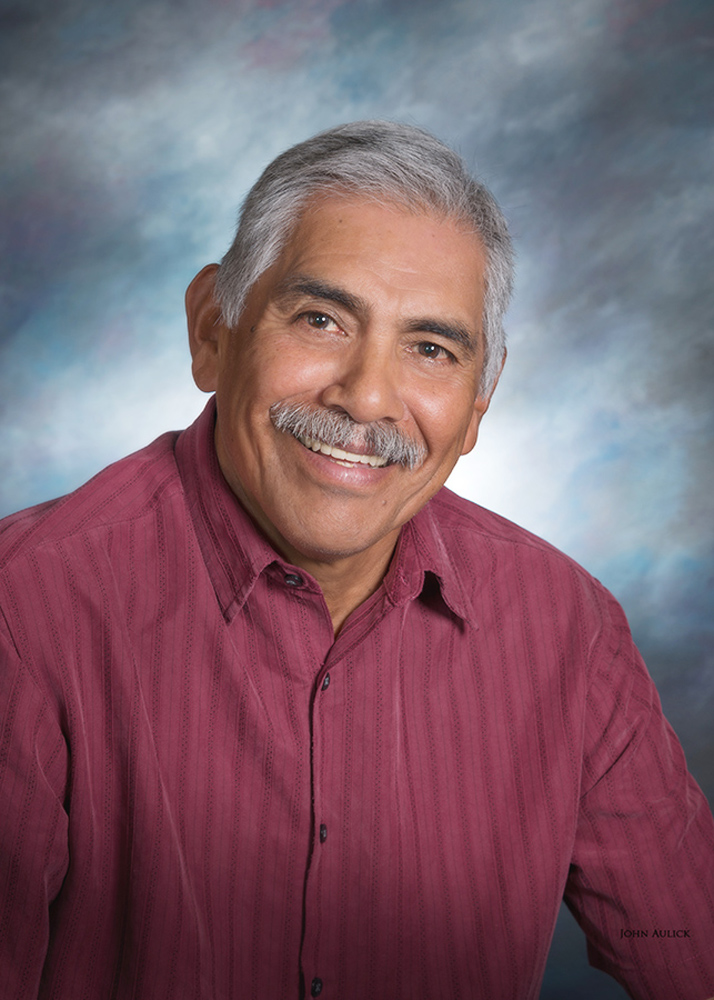A'AGA something to be told or talked about
August 3, 2018
Billy Allen
August is an uncomfortable month. Late evening and morning rains cool us, but afternoon heat and humidity sweat us. Those who walked before us didn’t have the luxury of “staying indoors.” August meant work. Having food stored for the lean months of winter and early spring was crucial. August is Sopol Esabig/Short Planting month, and the summer rains nourished crops such as tepary beans, some green beans and a corn which could mature within two months. This corn was usually roasted, dried and stored. Squash left on the vine would be allowed to grow and become a “winter squash.” Let’s review some local, national, and world events which took place in Sopol Esabig that had a bearing on Gila River.
On the evening of August 3, 1492, Christopher Columbus set sail on his first voyage to the Americas. A giant change in Native life resulted. It is estimated that 80–95 percent of the Native American population died in epidemics within the first 100–150 years following 1492. The “Columbian exchange” brought many new foods for our resilient survivors such as barley, cantaloupe, coffee, garbanzo beans, oats, and watermelon. New meat sources were beef, chicken, pork, mutton, and horse which was both a food and a work animal. Imagine our community without beef, or without horses! The other side of the Columbian exchange sent chiles, tomatoes, and potatoes and many other foods to Europe.
On August 20, 1775, Hugo O'Conor issued orders to build a military fort at the base of “A” mountain to be called Presidio San Agustín del Tucsón. This had been the site of a small church and ever earlier an O’odham village called Chuk Son. Five/hetasp flags have flown over Tucson; Spanish, Mexican, Confederate, United States and Arizona. In a few short weeks another flag will soon be waved, the U of A banner which is run through the end zone when a touchdown is made. Let’s hope the ‘Cats don’t have too many touchdowns.
On August 1, 1861 Lt. Colonel John R. Baylor issued a "Proclamation to the People of the Territory of Arizona": Arizona was now part of the Confederacy. Near the va’aki, buildings which had housed the former Pima Indian Agency and a Butterfield Overland Mail Station, Ammi White operated a trading post/flour mill. Within the year Mr. White would be arrested as a Northern sympathizer. His name gave rise to the name Casa Blanca.
To protect the Casa Grande Ruins from complete destruction, it was declared a national monument on August 3, 1918. According to the National Park Service website, archaeologists have evidence that whoever built the Casa Grande developed an irrigation system and a large trade network. This lasted for about a thousand years until about 1450, when suddenly all was abandoned. The site is mentioned in the stories of the Hopi and Zuni, as well in our stories of old.
On August 7, 1942, the U.S. 1st Marine Division landed on Guadalcanal in the South Pacific. Many Akimel O’otham (Ira Hayes included), Piipaash, Tohono O’odham were present as were the Navajo Code Talkers. These Natives continued to contribute in landings at Tarawa, Peleliu, and Iwo Jima. The Code Talkers took part in every assault the U.S. Marines conducted in the Pacific from 1942 to 1945.
August -- Sopol Esabig/Short Planting month: three of our major football teams in southern Arizona – the Wildcats, Cardinals, and the Sun Devils have new coaches raising up a new crop of players this August. I hope they handle the heat and their fans too! Be well – stay hydrated!
Information was taken from the following sites; https://www.onthisday.com/calendar.php; https://www.azcentral.com/story/news/local/arizona-history/2016/04/18/key-moments-; arizona-history/82617886/; https://www.history.com/this-day-in-history and https://www.tucsonaz.gov/info/brief-history-tucson, and https://shop.nativeseeds.org/products/zf016.

